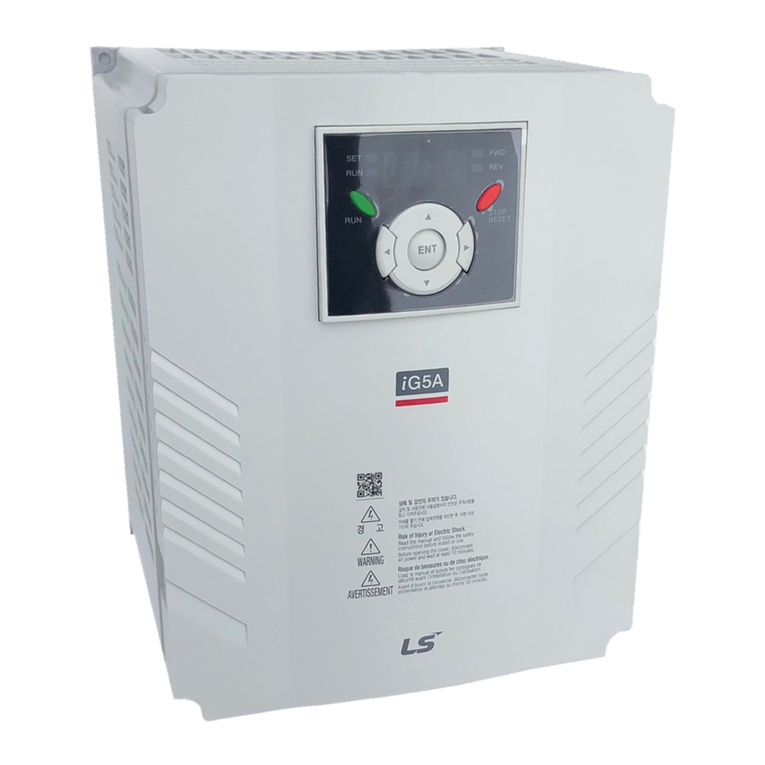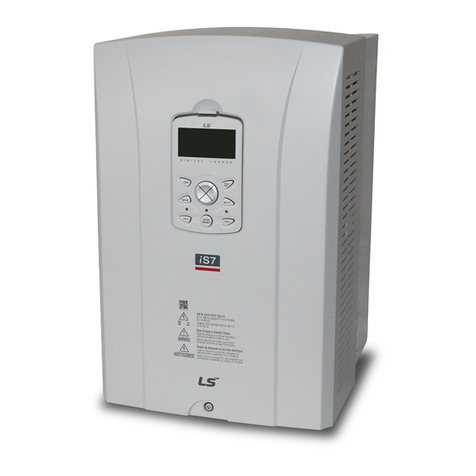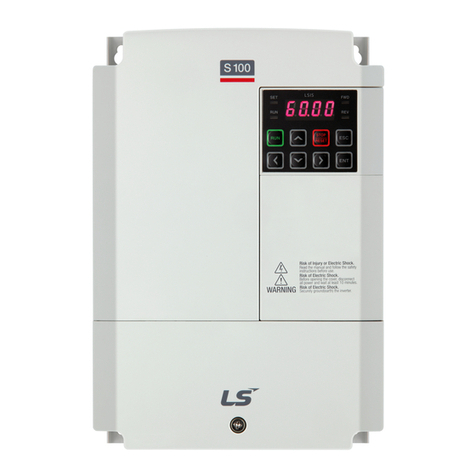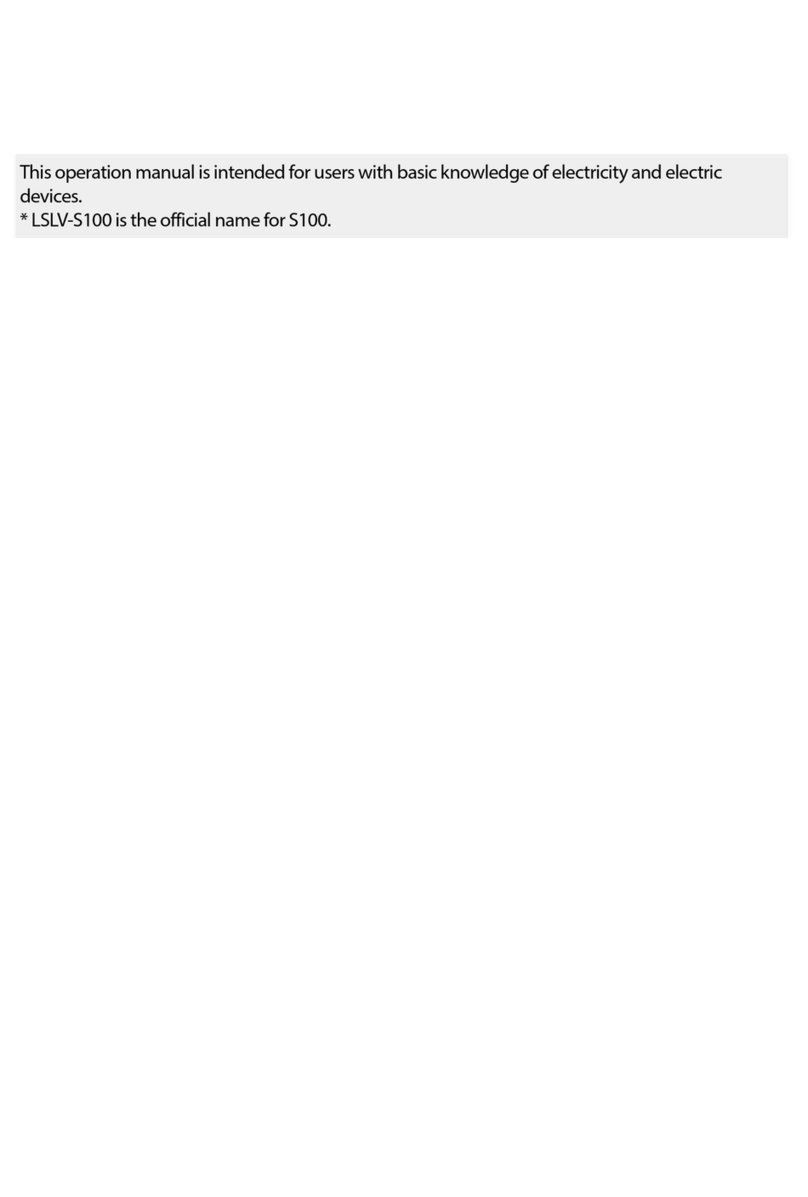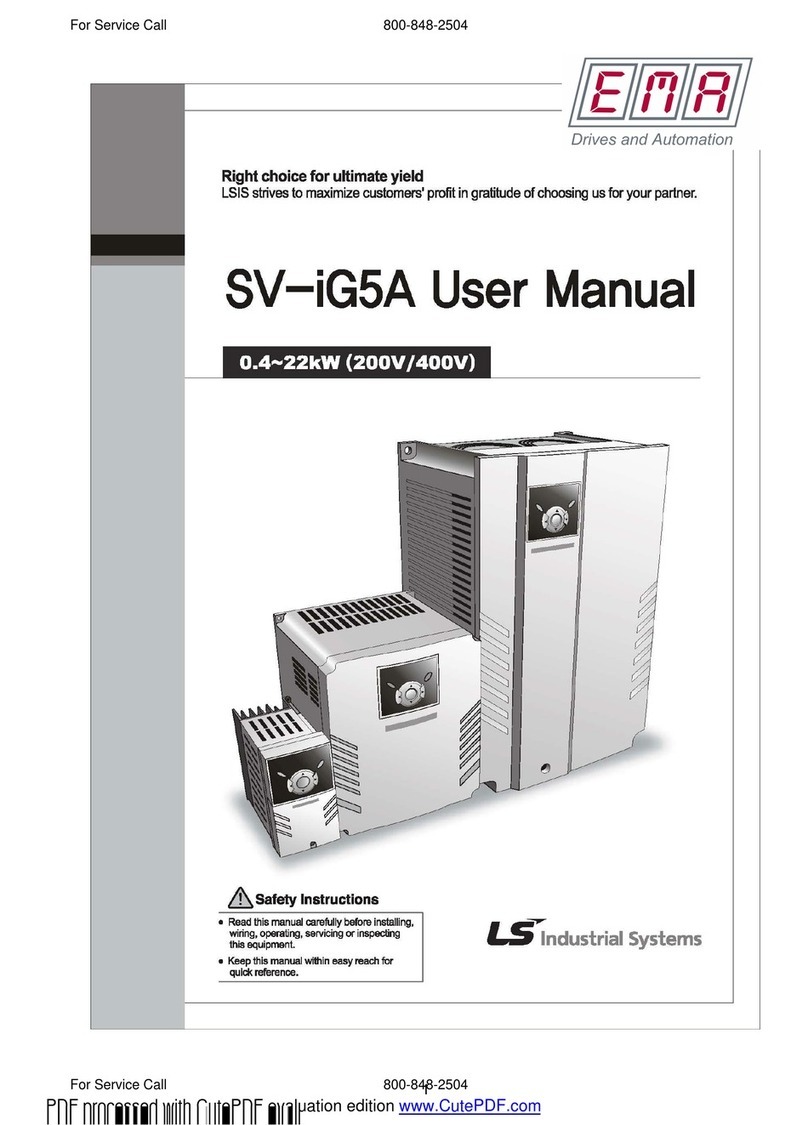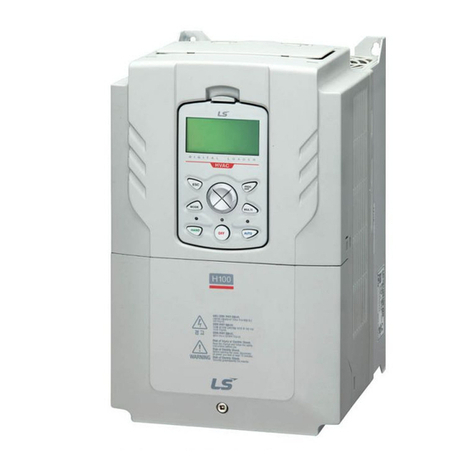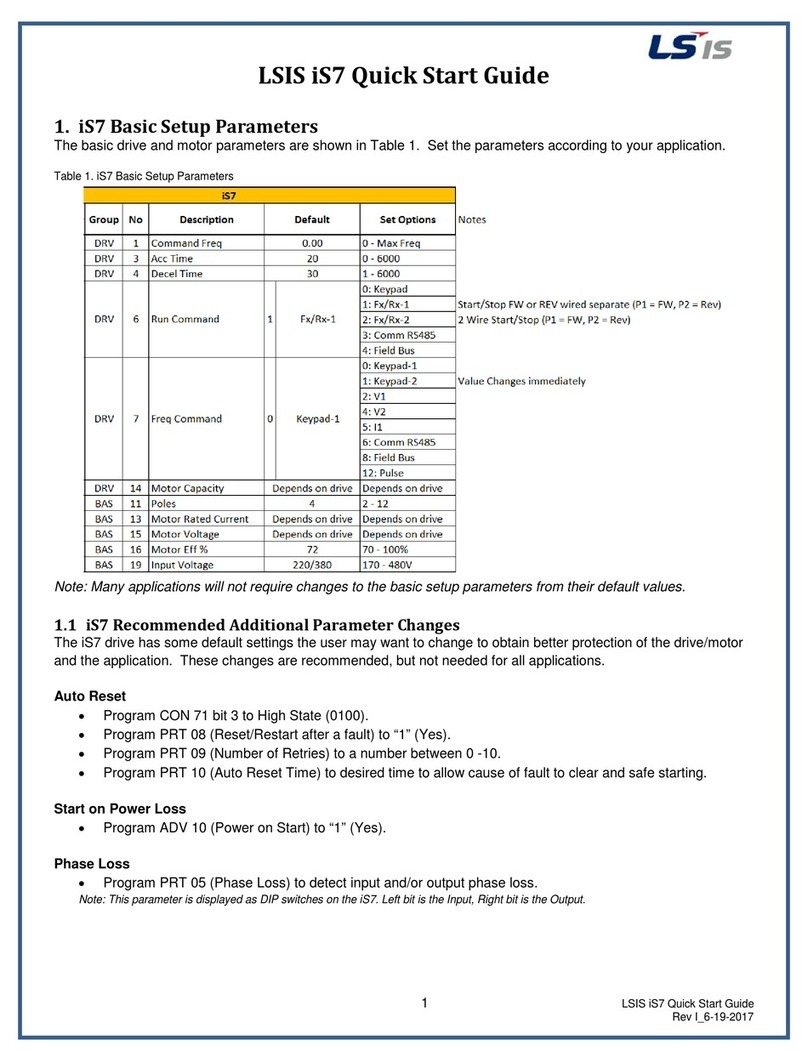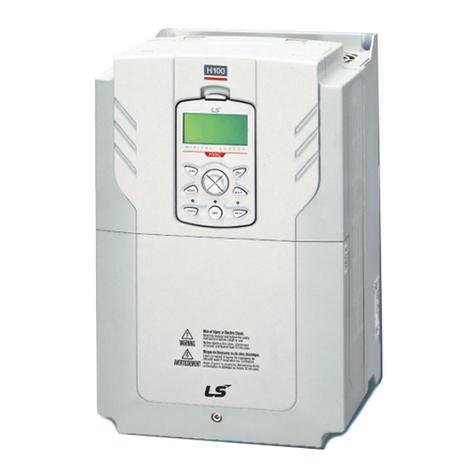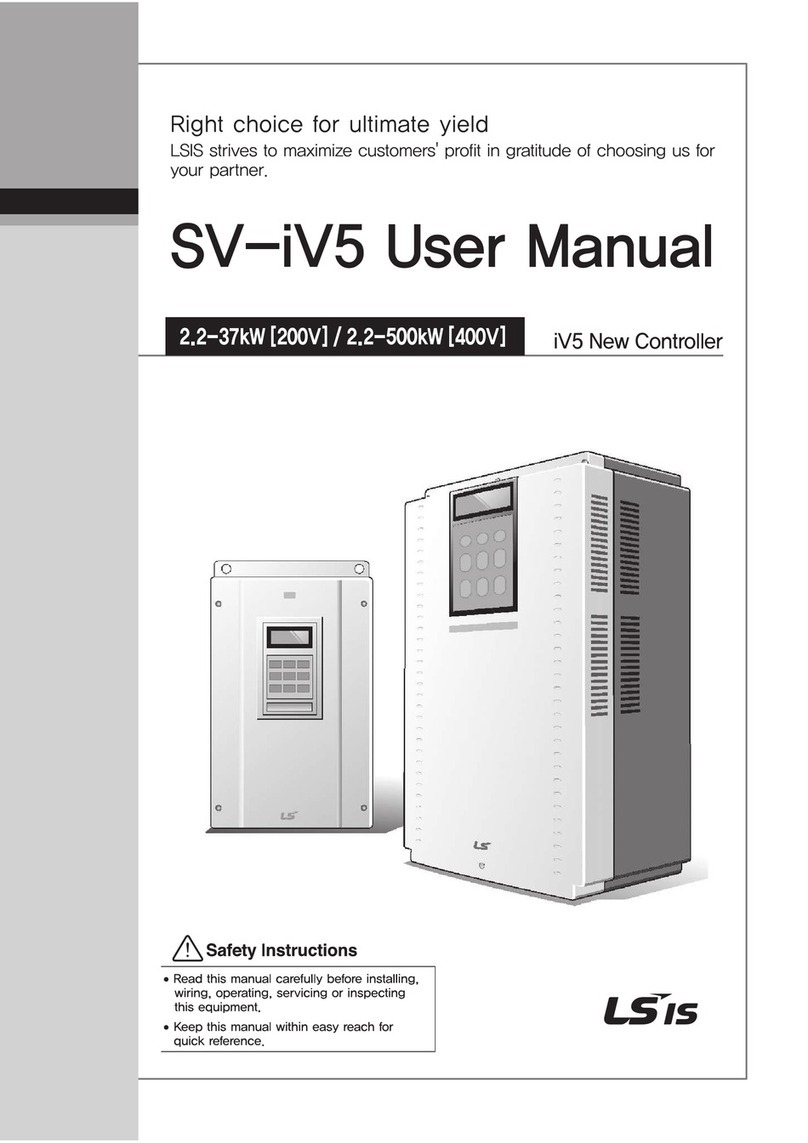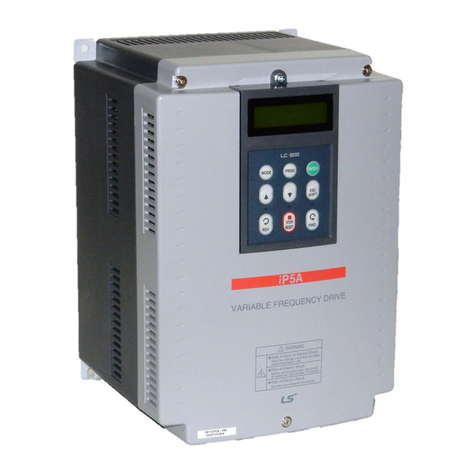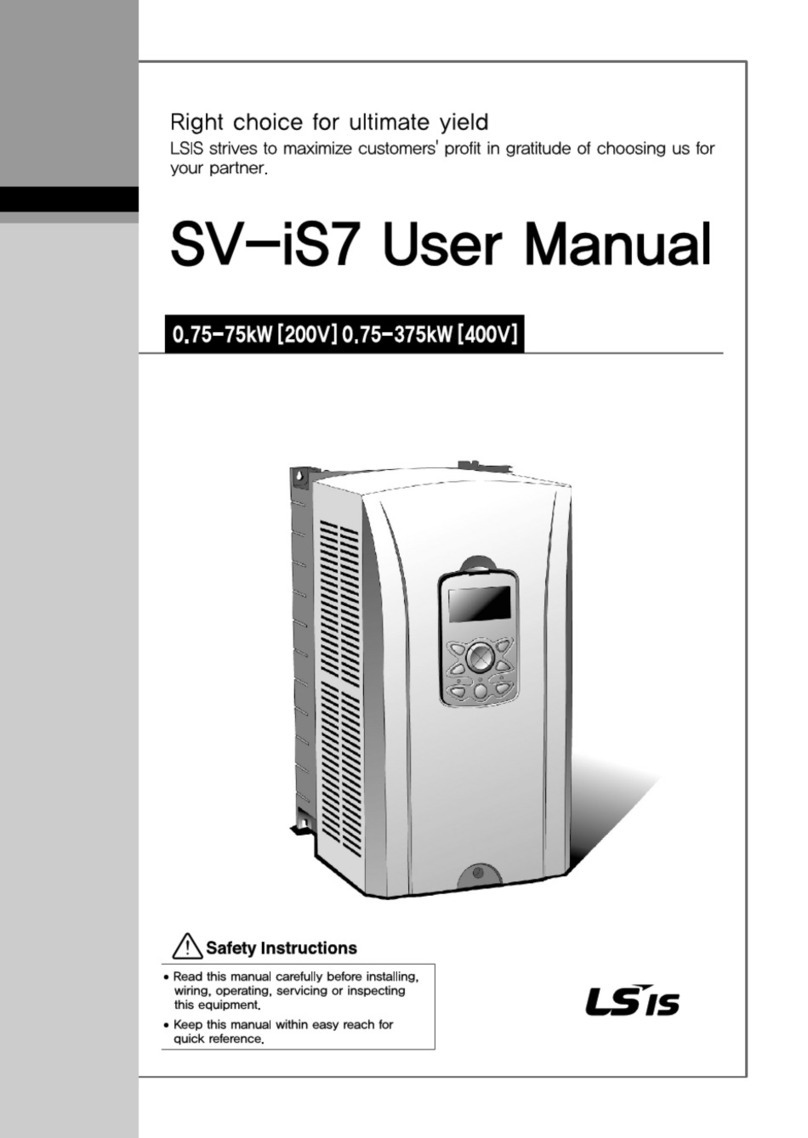
1
Table of Contents
1 Safety Notes for LSPV Inverter .............................................................................................. 3
1.1 Introduction................................................................................................................. 3
1.2 Explanations ............................................................................................................... 3
1.3 Risks Involved in Improper Use.................................................................................. 4
1.4 General....................................................................................................................... 5
1.5 Protection Against Touching Electrical Parts ............................................................. 6
1.6 Protection against Magnetic or Electromagnetic Fields during Operation and
Assembly .................................................................................................................................... 6
1.7 Protection against Touching Hot Parts....................................................................... 7
1.8 Setting the Country Code ........................................................................................... 7
1.9 Protection when Handling and Assembling................................................................ 8
1.10 Disposal...................................................................................................................... 8
2 General ..................................................................................................................................... 9
2.1 Transport .................................................................................................................... 9
2.2 Storage ....................................................................................................................... 9
2.3 Conditions for Installing ............................................................................................ 10
2.3.1 Environment ............................................................................................................. 10
2.3.2 Ventilation / Cooling.................................................................................................. 10
2.3.3 Tilting the Control Cabinet Roof ............................................................................... 13
2.3.4 Removing the Transport Eyelets .............................................................................. 13
2.3.5 Loosening the Bracket Bolts..................................................................................... 14
2.3.6 Tilting the Roof ......................................................................................................... 14
2.3.7 Tightening the Bracket Bolts .................................................................................... 15
2.4 PV Generator Requirements .................................................................................... 16
2.4.1 DC Connection to the Solar Inverter ........................................................................ 16
2.4.2 Reverse Current Due to Module Defects ................................................................. 16
3 Description of the Unit.......................................................................................................... 17
3.1 Control Terminal Strip Functions.............................................................................. 17
3.2 Monitoring Involving Interruption of Mains Feed-In .................................................. 17
3.3 Block Diagram .......................................................................................................... 18
4 Electricel Connection............................................................................................................ 19
4.1 Warning and Notices ................................................................................................ 19
4.2 Overview of the OPEN Control Cabinet ................................................................... 20
4.3 Line Cross-Sections ................................................................................................. 21
4.4 Power connection ..................................................................................................... 22
4.5 PE Connection.......................................................................................................... 22
4.6 Auxiliary Power Supply............................................................................................. 22
4.7 PV generator ............................................................................................................ 23
4.8 DC-Grounding .......................................................................................................... 23
